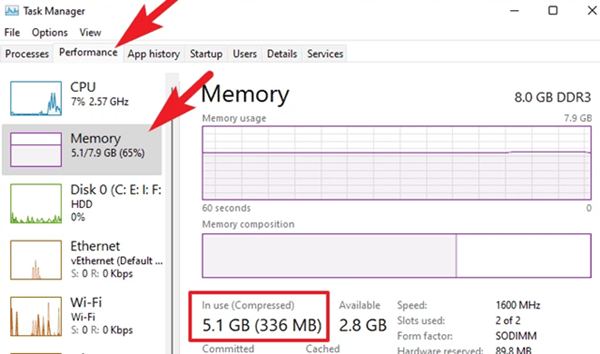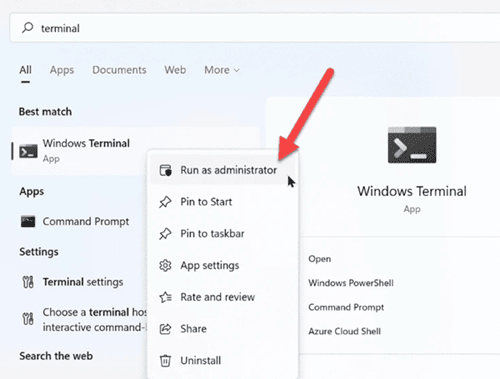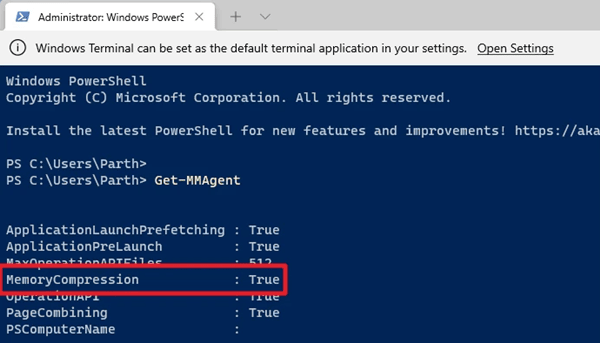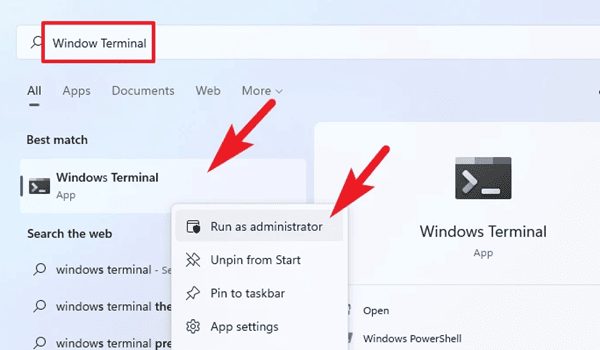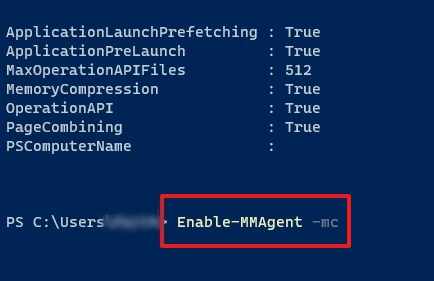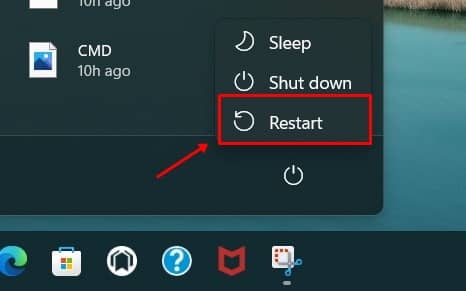But, then, how will it decide which file it needs to compress? Well, it only compresses those files that it thinks are essential and required for your system, which is, in my opinion, sounds weird. Anyway, if you are here to know how to disable this feature on your Windows 11 PC. Then, follow this guide because here we will explain some needy steps that you need to take to enable or disable Memory Compression in Windows 11 PC. So, let’s see how. Also Read- Best Free RAM Test Programs for Windows
Steps To Enable or Disable Memory Compression in Windows 11
You need to follow a few crucial steps to enable or disable this feature in Windows 11. However, before, that let me tell you the steps using which you can get or check the current status of Memory Compression on your Windows 11 PC.
Steps To Enable or Disable Memory Compression in Windows 111. Check Memory Compression Status Using Task Manager2. Check Memory Compression Status Using Terminal AppHow To Use Terminal app to Enable or Disable Memory Compression?
1. Check Memory Compression Status Using Task Manager
2. Check Memory Compression Status Using Terminal App
How To Use Terminal app to Enable or Disable Memory Compression?
So, now you know how to check the current status of memory compression on your Windows 11 PC. Therefore, it’s time to enable or disable this option. So, let’s take a look at the needy steps that you require to follow: Well, these were the steps to enable the Memory Compression feature. But, keep in mind that if the memory usage is less than 60 percent, then it will automatically get disabled. So, that’s all on how to enable or disable this feature on your Windows 11 PC. We hope this guide has helped you. Nevertheless, in case you have any questions, comment below.

